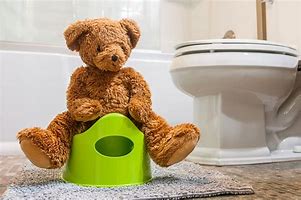
Potty training can be a daunting task for any parent. This blog post will share some of the best tips for potty training your toddler. These tips have been tried and tested by parents all over the world, and they have proven to be effective. So read on and get started on the road to potty training success!
So, when should you begin toilet training your toddler?
Potty training is a process, and every child is different. Some children are ready to start earlier than others. When deciding to start potty training, there are many factors to consider, including your child’s age, physical readiness, and interest.
The American Academy of Pediatrics recommends that parents begin toilet training when their child shows interest and demonstrates the necessary physical skills required for successful toileting (such as being able to walk and sit independently). For most children, this occurs between 18 months and three years of age. Keep in mind that boys usually take slightly longer to master potty training than girls.
How would you know if a child is ready to be potty trained or not?
If you’re not sure whether your child is ready yet, watch for these telltale signs:
- Your child shows an interest in using the toilet or potty chair. This may include wanting to watch you use the bathroom, asking questions about how the toilet works or expressing a desire to use it themselves.
- Your child can stay dry for at least two hours at a time. This means they have developed some bladder control and are able to hold their urine for short periods.
- Your child is able to communicate when they need to go. This may be in the form of words, signs, or even just grunts and groans.
If your child meets all these criteria, they are probably ready to start potty training. But even if they’re not quite there yet, don’t worry. Just keep an eye out for these signs and begin potty training when the time is right for your child.
Now that you know when to start, it’s time to learn some of the best potty training tips. These tips have been gathered from parents all over the world, and they have proven to be effective. So read on and get started on the road to potty training success!
Here are 6 of the best tips for potty training your toddler:
1. Get your toddler excited about potty training.
The toilet may seem like a foreign concept to a toddler, but with patience and creativity, you can help them transition from diapers to “big kid” underwear. One way to get your toddler excited about potty training is to let them pick out their special underwear. Whether it’s their favorite character or just a fun design, allowing them to have some input will help them feel more invested in the process. You can also try stickers or other rewards to reinforce positive bathroom habits. And finally, don’t forget to be patient! Potty training can be a messy and frustrating process for both of you, but eventually, they’ll get the hang of it.
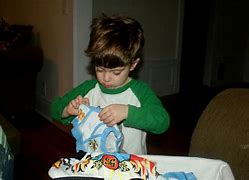
2. Use positive reinforcement to encourage your toddler.
Encouragement is key when potty training a toddler. Every time they use the toilet successfully, give them lots of praise and positive reinforcement. This could be in the form of verbal praise, a hug, or even a small treat. It is important to let them know that they’re doing a good job and that you’re proud of them.
At the same time, it’s crucial to avoid punishment or negative reinforcement when accidents happen. Remember that accidents are a normal part of potty training, and getting angry or frustrated will make the process harder for both of you. Instead, calmly clean up the accident and move on.
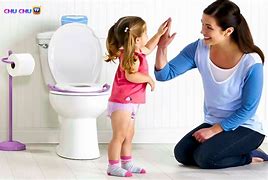
3. Make potty training fun and exciting.
Potty training doesn’t have to be a chore. It can be a fun and exciting time for you and your toddler! One way to make potty training fun is to turn it into a game. For example, you can play “I Spy” with your child on the toilet or have a “potty dance party” to celebrate each successful trip to the bathroom. Whatever you do, make sure that potty time is a positive experience for your child.
You can also try using fun potty training aids, such as stickers and charts, books, or toys. Use the stickers to assist with toilet training. They can be printed and worn on clothing, or you may use them in reward and progress charts to encourage children. These can help your child stay interested and motivated during potty training.
Finally, don’t forget to celebrate each milestone along the way. Whether using the toilet for the first time, going “number two,” or staying dry all day long, every accomplishment should be celebrated! This will help your child feel proud of their achievements and motivated to keep up the excellent work.
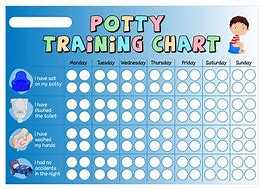
4. Stay patient, and don’t get frustrated if your toddler has a few accidents.
Remember that accidents are a normal part of potty training, and getting angry or frustrated will make the process harder for both of you. Instead, calmly clean up the accident and move on.
If you are getting frustrated, take a deep breath and remember that this is a learning process for your child. They’re not doing it on purpose, and getting angry won’t help. Instead, stay patient and keep working together towards accident-free goals.
And if you feel like you’re about to lose your cool, take a break from potty training for a little while. Let your child wear diapers or pull-ups for a few days until you both have a chance to calm down and reset. Then you can start fresh and try again.
Potty training can be frustrating, but it’s important to remember that every child is different and will learn at their own pace. So stay positive, be patient, and eventually, they’ll get the hang of it!
5. Reward your toddler for successful potty trips.
Give them lots of praise and positive reinforcement whenever your toddler has a successful potty trip. This could be in the form of verbal praise, a hug, or even a small treat. It is important to let them know that they’re doing a good job and that you’re proud of them.
Rewards can be beneficial in the early stages of potty training when accidents are more common. A small tip each time they use the toilet successfully will help encourage positive bathroom habits. And as they get more proficient at using the toilet, you can start spacing out the rewards or offering bigger and better prizes.
6. Be prepared for setbacks, and don’t give up.
Even if your child is doing well with potty training, there will inevitably be setbacks along the way. For example, your child may have an accident after a period of success, or they may suddenly refuse to use the toilet altogether. It’s important to be prepared for these setbacks and not to get too discouraged.
If your child has an accident, calmly clean it up and move on. Remember that accidents are a normal part of potty training, and getting angry or frustrated will only worsen things. And if your child seems to be regressing, take a step back and reassess the situation. For example, maybe they’re not ready to give up diapers or pull-ups. Or perhaps they’re feeling overwhelmed by the potty training process. Just take a break for a little while and try again later.
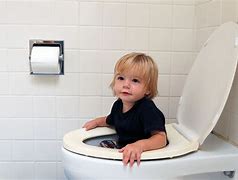
Key Takeaways
Potty training is one of those rites of passage that all parents have to go through. It can be challenging, but it’s important to remember that every child is different and will learn at their own pace. Stay positive, be patient, and eventually, they’ll get the hang of it. Whatever system you choose, make sure that it’s something that will motivate your child to keep up the excellent work! Thanks for reading – I hope this post was helpful in your potty training journey!
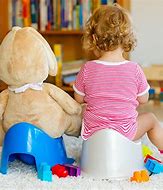
0 Comments